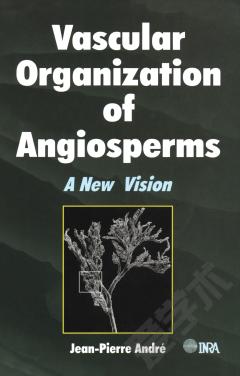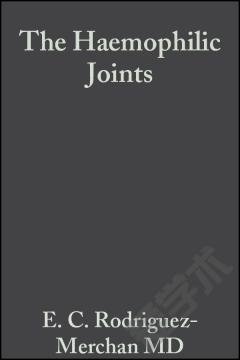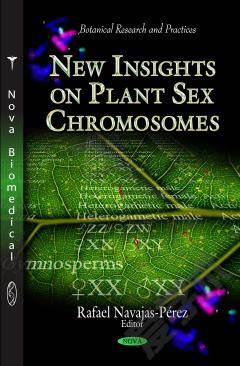Vascular Organization of Angiosperms —— A New Vision
----- 被子植物的维管组织
POTENTIAL APPLICATIONS OF MICROCASTING: Histogenesis, Structure and Function of the Xylem: Overview Histogenesis, Structure and Function of the Xylem The Primary Xylem of Angiosperms: Advantage of Vascular Casting The Heterogeneous Vessels The Branched Vessels The Secondary Xylem of Dicotyledons: Advantage of Vascular Casting Formation of Vessel Ends Occasional Branching of Vessels The Effects of Constraints and Cambial Deformations on Vascular Morphology Vascular Junctions Between Adjacent Axes Vascular Junctions Between a Hemiparasite and its Host The Xylem of Pteridophytes and Gymnosperms: Advantage of Casting of Tracheids The Xylem of Pteridophytes The Xylem of Gymnosperms Intercellular Spaces and Canals. Phloem and Parenchyma Advantage of Casting Casting in Spaces and Canals Intracellular Casting in Parenchyma Casting in the Sieve Tubes of Phloem Perspectives THE TECHNIQUE OF MICROCASTING: Introduction Preparation of Plant Material: Descriptive Profile Planes of Section Treatment of the Spaces to be Cast Obstacles to the Progression of the Casting Agent through the Tissues Injection of the Casting Agent: Principle of Injection Degassing Apparatus Degassing Injection Duration of Injection Injection of Coloured Elastomer Properties and Crosslinking of the Casting Agent: Properties of Silicone Elastomer RTV 141 Practical Conditions for Crosslinking Chemical Destruction of Plant Tissues: Principle Hydrolysis of Polysaccharides Oxidation of Lignin Manipulation of Casts: Characteristics of Silicone Elastomer Casts Manipulation Photography of Casts
{{comment.content}}








 京公网安备 11010802027623号
京公网安备 11010802027623号